I am performing an experiment where 4 piezoelectric sensors are placed diagonally at the corners of an aluminised kapton foil, which is attached to a frame. The sensors are attached at 45 degree angle (approx.) and the midpoint of the sensor is 55 mm away from the edges.
TE FLDT1-028K sensor homepage link and PDF datasheet
Then a few drops are made by hand, where a steel ball of 7.5 mm diameter is dropped on the foil. This then creates deformations which are picked up by the sensors and Time vs Voltage output is seen through the Picoscope output on the computer.
But the problem is that the rise time of the signals is quite slow and the time delay between each signal response is large. We have an estimate of the time delay based on the speed of sound in the material and we know the location of drops and sensors. So we can calculate the time it takes from drop to reach each of the sensors. But in the experiments, we saw that these timings were larger than expected. Is there any solution to this?
My initial thoughts were about increasing the resistance of the cable connection from sensors so that it reduces the cut-off frequency by which we would see the lower frequency signals as well. But that would not help with the larger time delay. Maybe I could check if the sensors, cables and the Picoscope itself is working correctly? Any leads on how that is done?
Sensor datasheet (click images for larger size):


